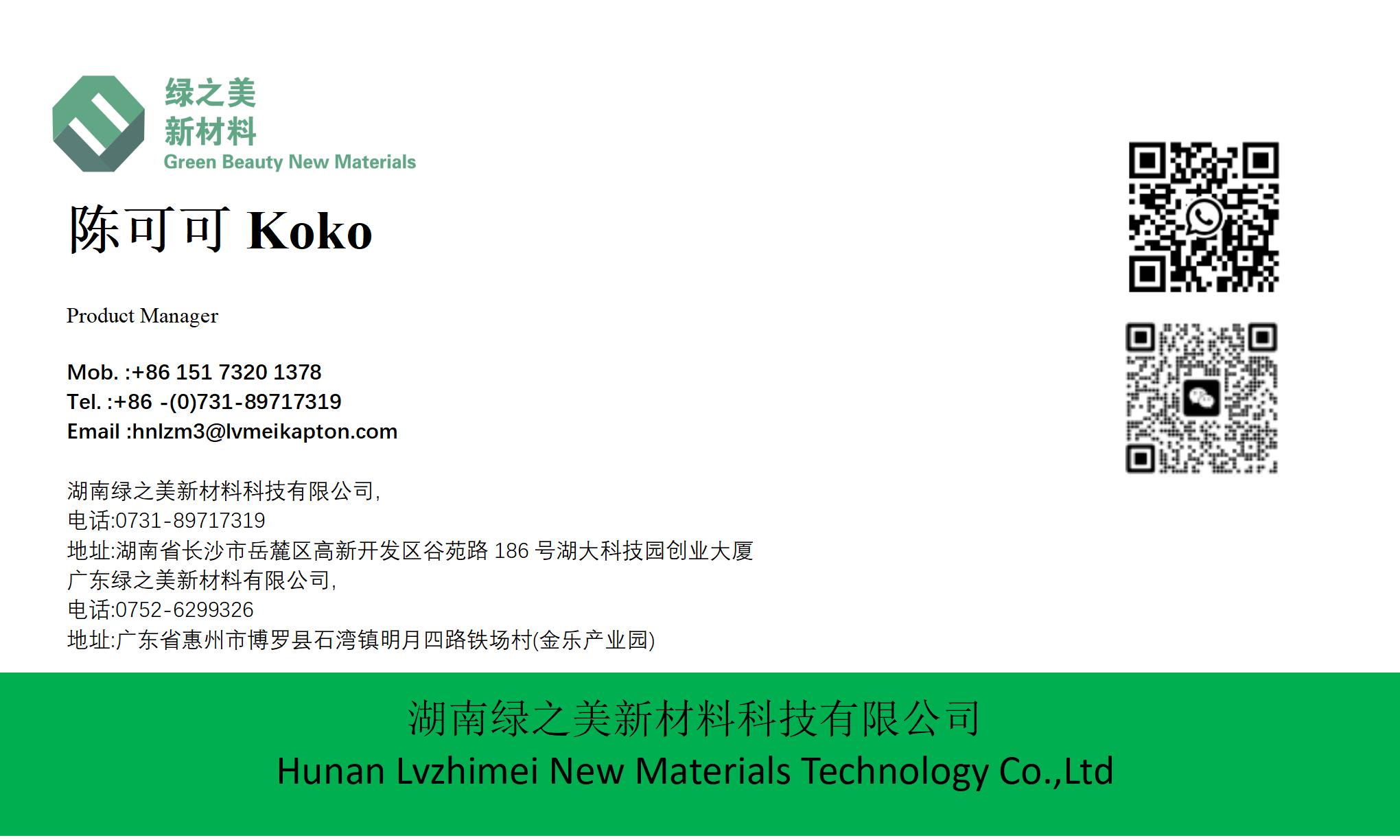



How Does High Temperature PI Tape Differ from Regular Kapton Tape? |https://www.lvmeikapton.com/
How Does High Temperature PI Tape Differ from Regular Kapton Tape?
High Temperature PI Tape and regular Kapton Tape are both widely used in industrial applications, particularly in electronics. However, significant differences exist in their material properties, performance, and suitability for specific environments. Understanding these distinctions is critical for selecting the right tape for projects requiring reliability under extreme conditions.
1. Material Composition and Thermal Resistance
High Temperature PI Tape is crafted from premium polyimide film, engineered to withstand temperatures ranging from -269°C to 400°C. This makes it ideal for extreme environments, such as aerospace or high-power electronics. In contrast, while regular Kapton Tape also uses polyimide, its manufacturing process may lack the specialized treatments needed for prolonged exposure to temperatures beyond 260°C. For instance, PI material high temperature resistant 300 tape ensures stability in applications like solder masking, where thermal stress is a constant factor.
2. Performance in High-Temperature Applications
The thermal stability of High Temperature PI Tape surpasses that of regular Kapton Tape. It maintains physical and electrical properties even under extended high-temperature exposure. For example, in protecting gold finger electronics during wave soldering, High Temperature PI Tape acts as a Strong adhesion and blocking high temperature tape, preventing damage without leaving adhesive residue. Regular Kapton Tape, though effective for short-term heat protection, may degrade under sustained high temperatures, compromising performance.
Similarly, lvmeikapton insulating electrical tape exemplifies how specialized formulations provide reliable insulation in motors or transformers, where heat buildup is inevitable. This contrasts with standard Kapton Tape, which might falter in such rigorous settings.
3. Key Application Areas
High-Temperature PI Tape: Preferred in high-end electronics, such as flexible circuit boards or lithium-ion battery insulation. Its durability supports applications like Brown circuit board high temperature tape, which safeguards PCBs in automotive electronics. It also serves as Self-adhesive back blocking spray paint tape in industrial coating processes, resisting solvents and heat.
Regular Kapton Tape: Suitable for general-purpose uses, like temporary PCB protection during soldering or lightweight insulation in consumer devices. However, for critical roles like Adhesive PET material high temperature tape alternatives in wiring harnesses, High Temperature PI Tape offers superior safety.
4. Mechanical Strength and Reliability
High Temperature PI Tape exhibits exceptional tensile strength and flexibility, ensuring integrity under mechanical stress. In aerospace, where components face vibration and thermal cycling, this tape provides unwavering protection. Regular Kapton Tape, while adequate for static applications, may not endure dynamic environments. Products like PI material high temperature resistant 300 tape are tested for durability, making them a staple in industries where failure is not an option.
5. Choosing the Right Tape
Select between High Temperature PI Tape and regular Kapton Tape based on operational demands:
For extreme heat, long-term stability, or harsh conditions (e.g., EV battery insulation), opt for High Temperature PI Tape.
For short-term projects or moderate temperatures, regular Kapton Tape may suffice.
Always verify specifications, such as adherence to Strong adhesion and blocking high temperature tape standards, to ensure compatibility.
Conclusion
High Temperature PI Tape and regular Kapton Tape differ fundamentally in material excellence, thermal performance, and application robustness. While both are derived from polyimide, High Temperature PI Tape—exemplified by lvmeikapton insulating electrical tape and PI material high temperature resistant 300 tape—is engineered for challenges where failure is not an option. By recognizing these differences, industries can optimize safety, efficiency, and longevity in their operations.





